German scientists have announced the discovery of "astounding" evidence of alien life on Saturn's moon Enceladus after analyzing ice particles erupting from the surface.
The research was conducted by the University of Stuttgart (Germany), based on data collected from NASA's Cassini spacecraft decades ago.
Scientists have analyzed tiny ice particles spewed into space from cracks on the surface of Enceladus and found they contain complex molecules, suggesting the moon could “meet all the criteria” for life.
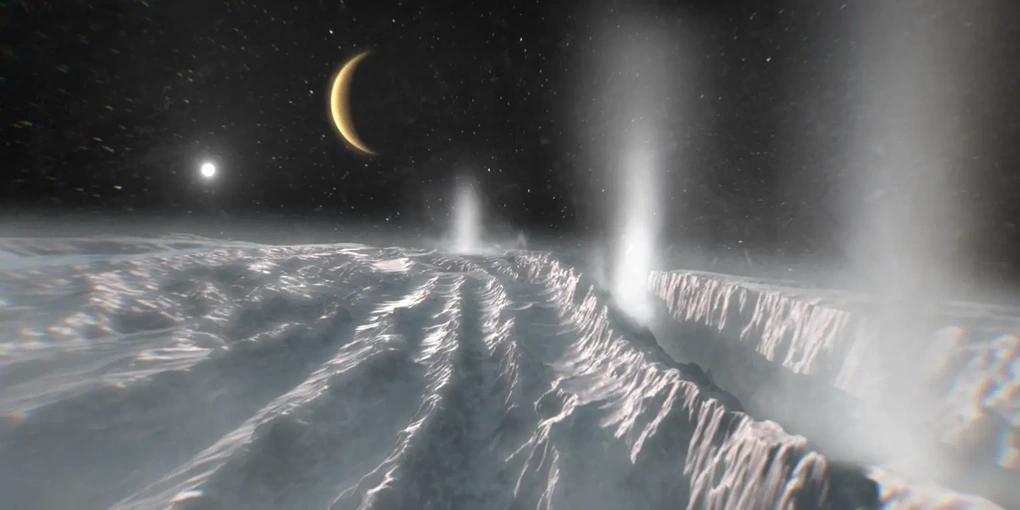
"There are a lot of positive signs from organic molecules and biologically relevant compounds that we found in the Cassini data. That increases the possibility that this moon could be habitable," said astrobiologist Nozair Khawaja, who led the study.
Although Enceladus has an average temperature of -170 degrees Celsius, seemingly unsuitable for life, in 2005, scientists discovered a large ocean hidden beneath its icy crust, while investigating the cause of the water plumes erupting through cracks at the moon's south pole.
Initially, samples of ice grains collected by Cassini’s Cosmic Dust Analyzer (CDA) instrument may have been contaminated by cosmic radiation due to their hundreds of years of age. However, in 2008, Cassini flew directly through the intergalactic jet at 40,000 miles per hour, providing clearer images.
“At lower collision speeds, the ice crumbles, and the signal from clusters of water molecules can mask the signal from certain organic molecules,” Khawaja explains. “But when ice particles collide rapidly with CDA, the water molecules don’t cluster together, and we have a chance to see these still-masked signals.”
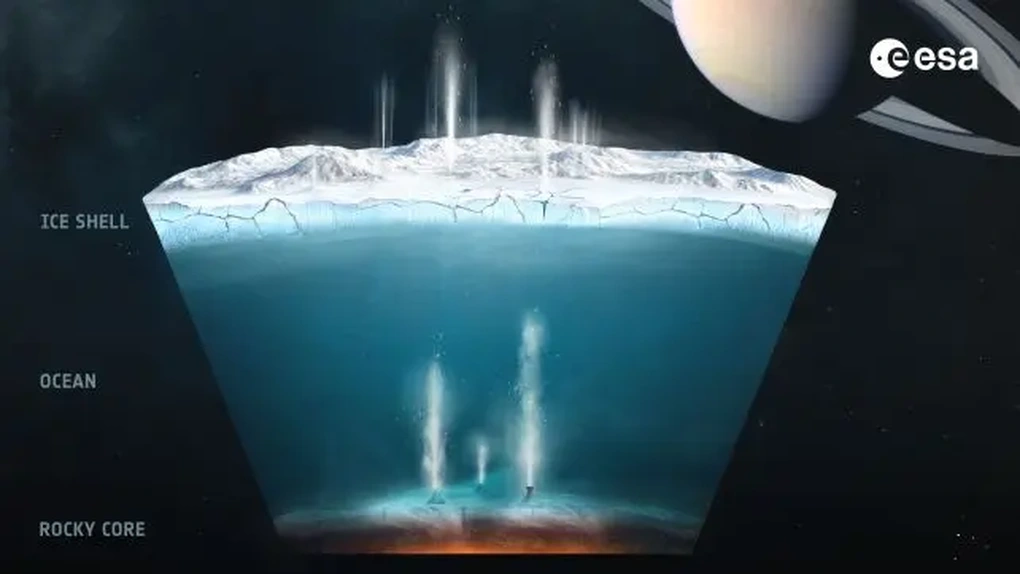
The team used advanced techniques to pinpoint the signals, revealing new chemicals spewing from within the satellite, including aromatics, ethers, as well as traces of nitrogen-oxygen compounds and elements never found before.
The presence of these chemicals suggests that the material previously detected in the rings originated from within Enceladus, rather than reacting with interstellar radiation.
Together with Cassini's previous findings of salt, hydrogen, and phosphate, all five elements essential for life were found, with only sulfur missing.
“We believe these molecules originate from the ocean below the surface of Enceladus, increasing its potential to harbor life,” Khawaja stressed.
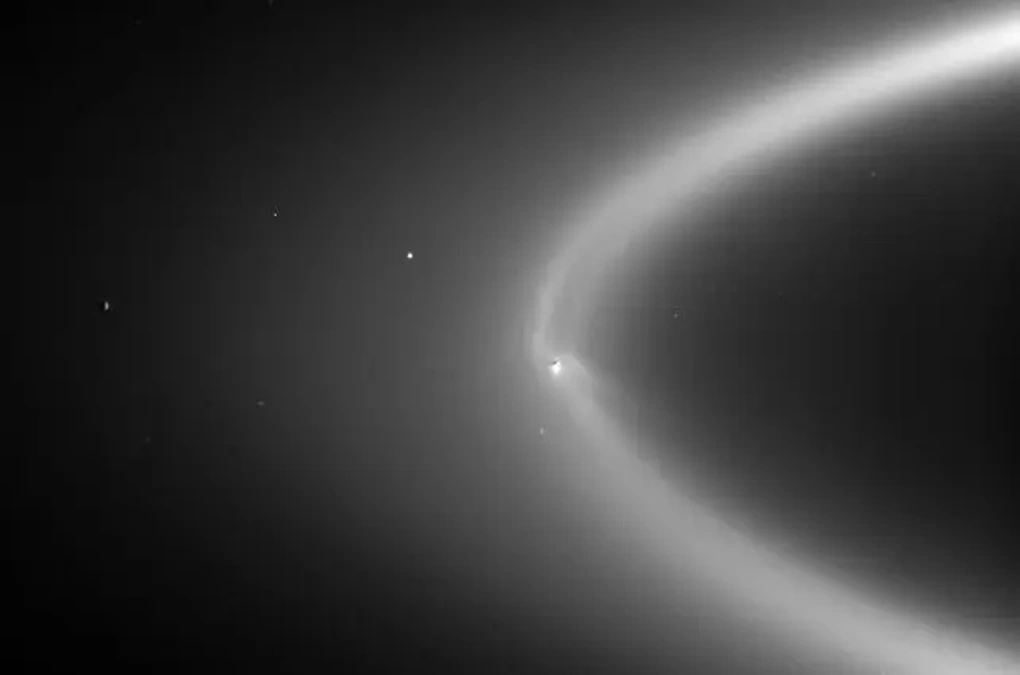
Cassini image of Enceladus in the E ring, showing bright jets. "There are multiple possible pathways from the organic molecules we found in Cassini data to biologically relevant compounds, which increases the likelihood that this moon could be habitable," said astrobiologist Nozair Khawaja (Image: NASA).
Although these compounds do not originate from biological processes, the team believes they are precursors, part of the chain of chemical reactions that lead to life.
The results suggest that a similar environment on Earth, where hydrothermal systems under the ocean produce many of the same chemicals, has been shown to host organisms.
If the oceans on Enceladus have similar environments, the possibility of life on this satellite is very high.
“It is truly extraordinary to find such a diversity of organic compounds on a water-bearing exoplanet,” said Khawaja. “There is still a lot of data to be learned and we look forward to seeing some positive results in the near future.”
The European Space Agency (ESA) is currently planning a probe to land on Enceladus in the next few decades. Meanwhile, NASA has launched a spacecraft to Jupiter’s moon Europa, another potentially attractive environment for the building blocks of life.
Source: https://dantri.com.vn/khoa-hoc/ve-tinh-cua-sao-tho-co-dau-hieu-he-lo-su-song-20251007030432896.htm


![[Photo] Super harvest moon shines brightly on Mid-Autumn Festival night around the world](https://vphoto.vietnam.vn/thumb/1200x675/vietnam/resource/IMAGE/2025/10/07/1759816565798_1759814567021-jpg.webp)





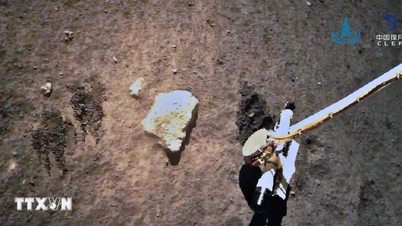



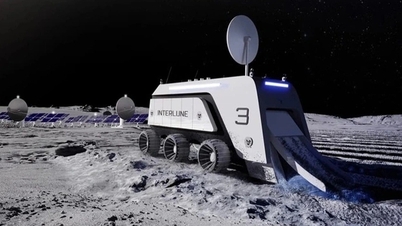
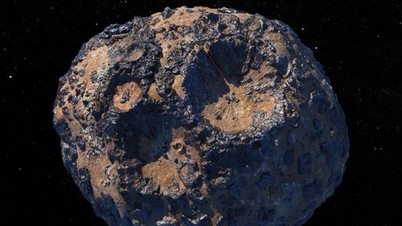


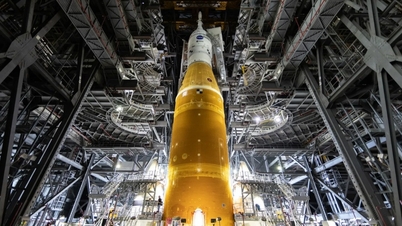

































































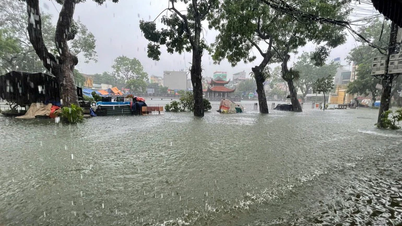
















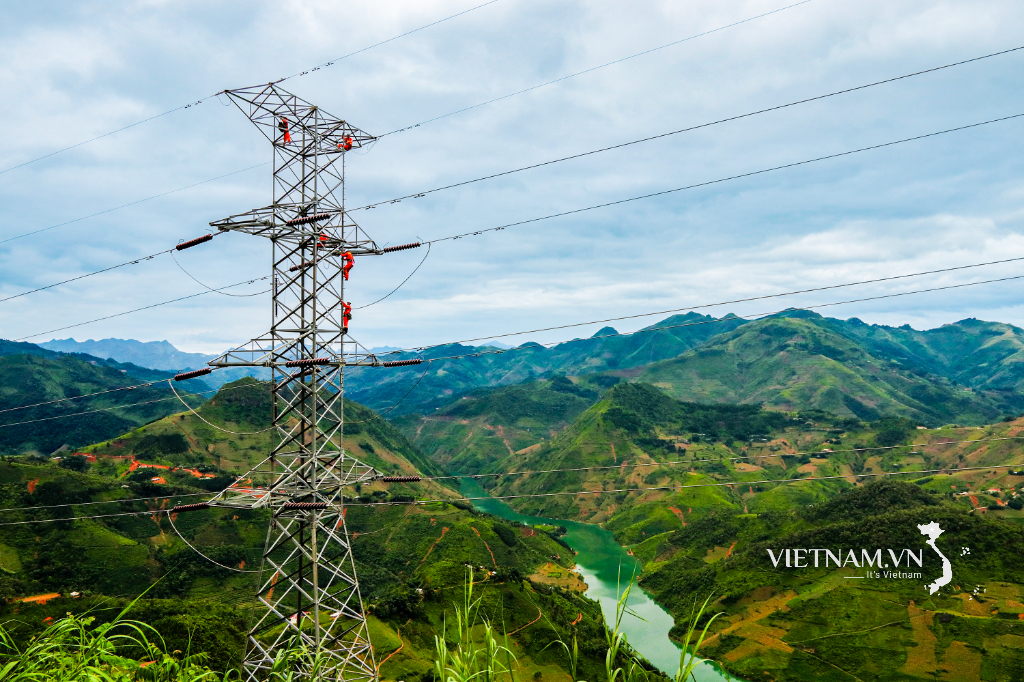


Comment (0)